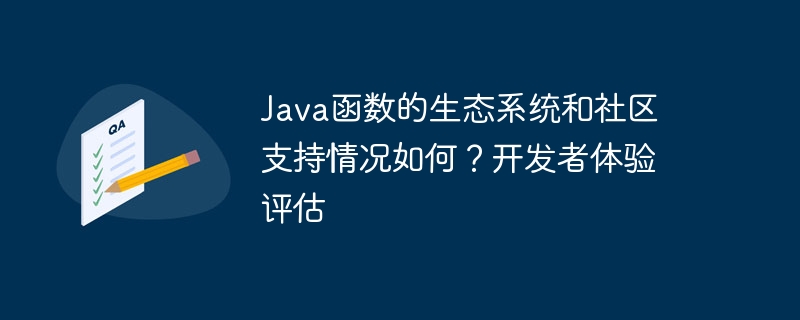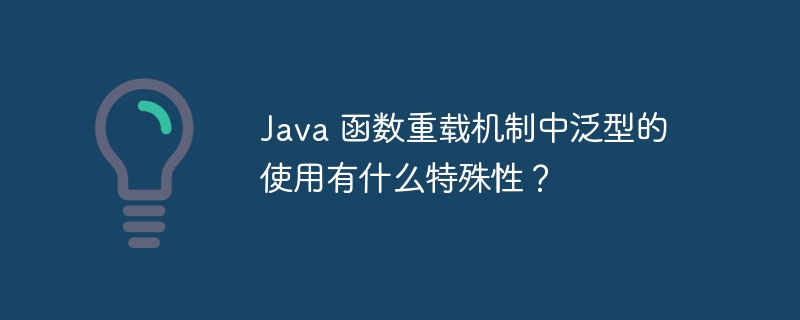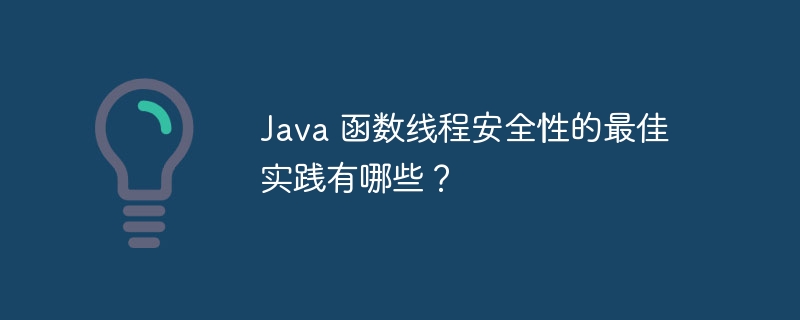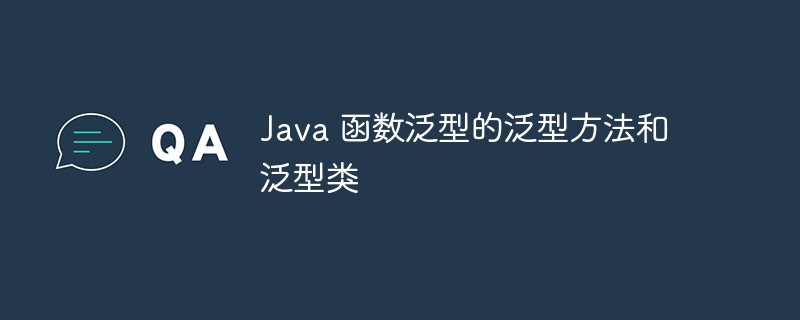使用Java的StringBuilder.lastIndexOf()函数查找子字符串在字符串缓冲区中的最后位置
在Java中,字符串是不可变的,这意味着一旦创建了一个字符串对象,就不能改变它的值。在某些情况下,我们可能需要对字符串进行频繁的修改操作。为了解决这个问题,Java提供了可变字符串类StringBuilder。
StringBuilder类是Java.lang包下的一个类,它提供了很多方法来操作字符串。其中之一就是lastIndexOf()函数,它用于在字符串缓冲区中查找子字符串的最后一个出现位置。
下面是一个使用StringBuilder.lastIndexOf()函数的示例代码:
public class StringBuilderExample {
public static void main(String[] args) {
StringBuilder strBuilder = new StringBuilder("Hello World!");
// 使用lastIndexOf()函数查找字符'o'在字符串中的最后位置
int lastIndex = strBuilder.lastIndexOf("o");
// 输出结果
System.out.println("最后位置索引: " + lastIndex);
}
}在上面的示例中,我们创建了一个StringBuilder对象,并初始化它的值为"Hello World!"。然后,我们使用lastIndexOf()函数来查找字符'o'在字符串中的最后位置。
运行以上代码,输出结果为:
最后位置索引: 7
从输出结果可以看出,字符'o'在字符串中的最后位置索引为7。
需要注意的是,lastIndexOf()函数返回最后一个匹配子字符串的索引位置,如果未找到匹配的子字符串,则返回-1。在上面的示例中,由于字符串中有一个字符'o',所以函数返回了字符'o'最后出现的索引位置。
除了查找单个字符,lastIndexOf()函数还可以用来查找子字符串的最后位置。下面是一个使用StringBuilder.lastIndexOf()函数来查找子字符串的示例代码:
public class StringBuilderExample {
public static void main(String[] args) {
StringBuilder strBuilder = new StringBuilder("Hello World!");
// 使用lastIndexOf()函数查找子字符串"World"在字符串中的最后位置
int lastIndex = strBuilder.lastIndexOf("World");
// 输出结果
System.out.println("子字符串最后位置索引: " + lastIndex);
}
}运行以上代码,输出结果为:
子字符串最后位置索引: 6
从输出结果可以看出,子字符串"World"在字符串中的最后位置索引为6。
总结一下,使用Java的StringBuilder类中的lastIndexOf()函数可以方便地查找子字符串在字符串缓冲区中的最后位置。无论是查找单个字符还是子字符串,这个函数都可以很好地满足我们的需求。





